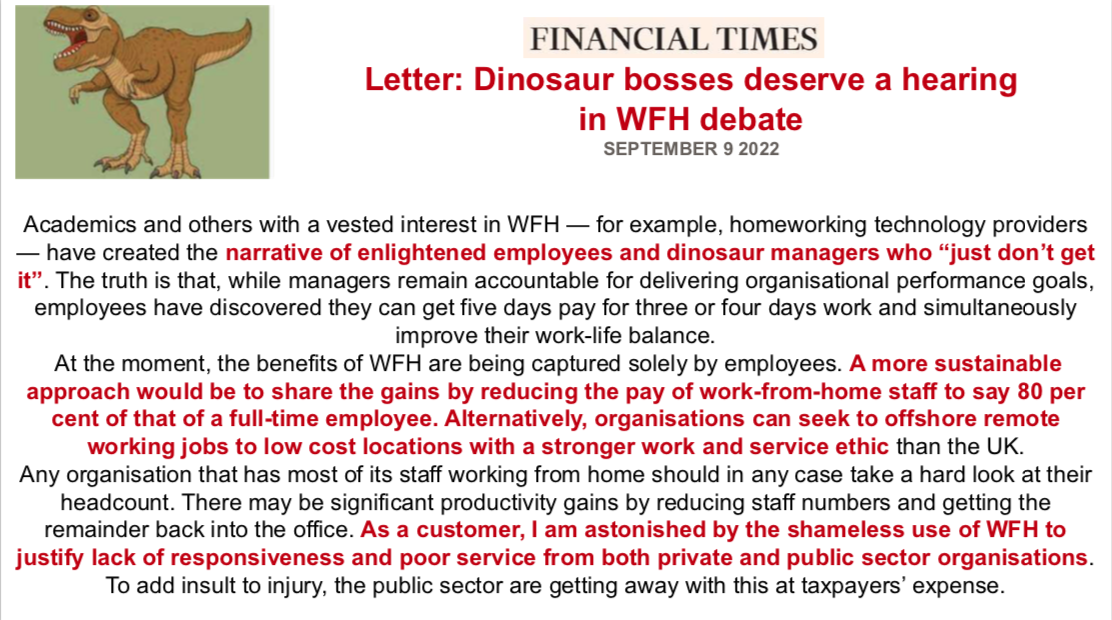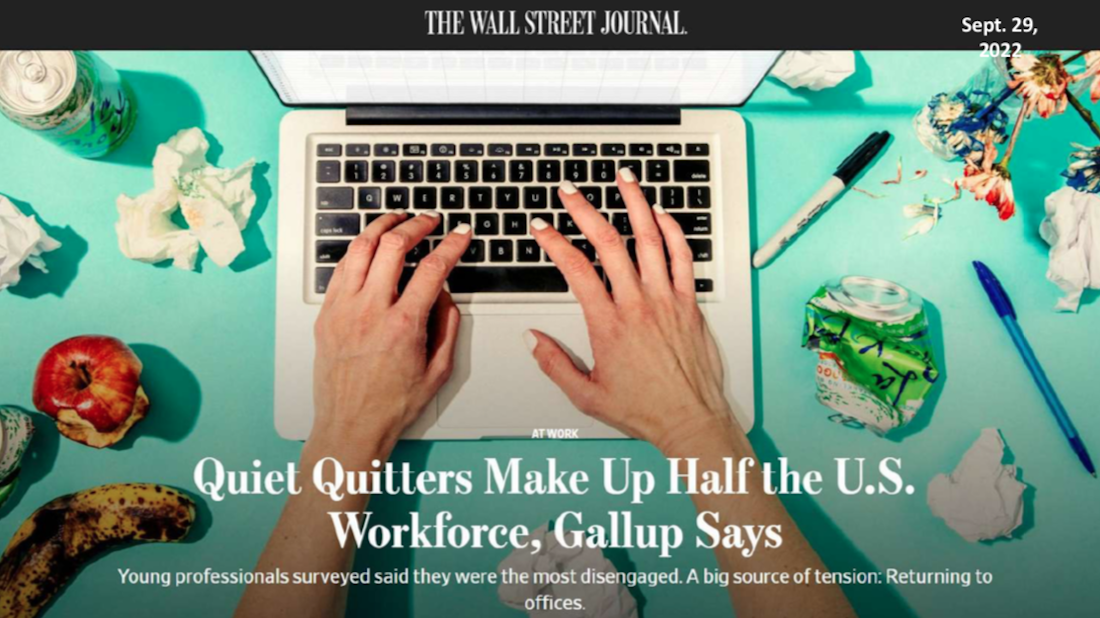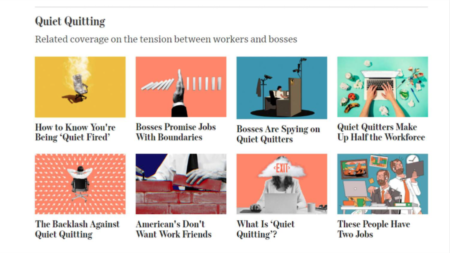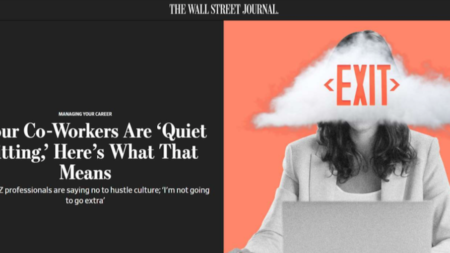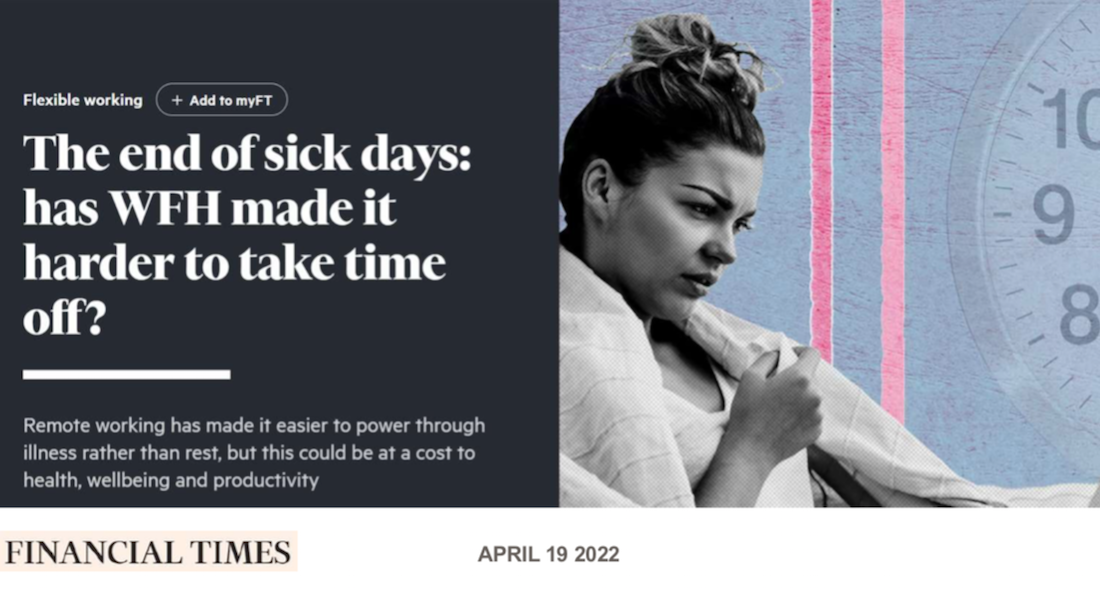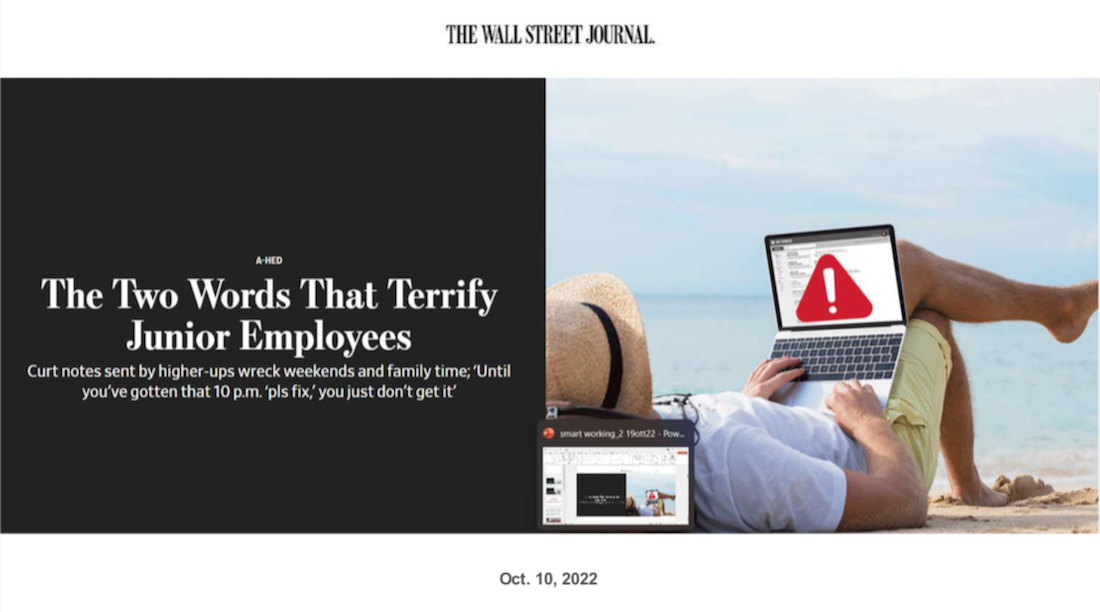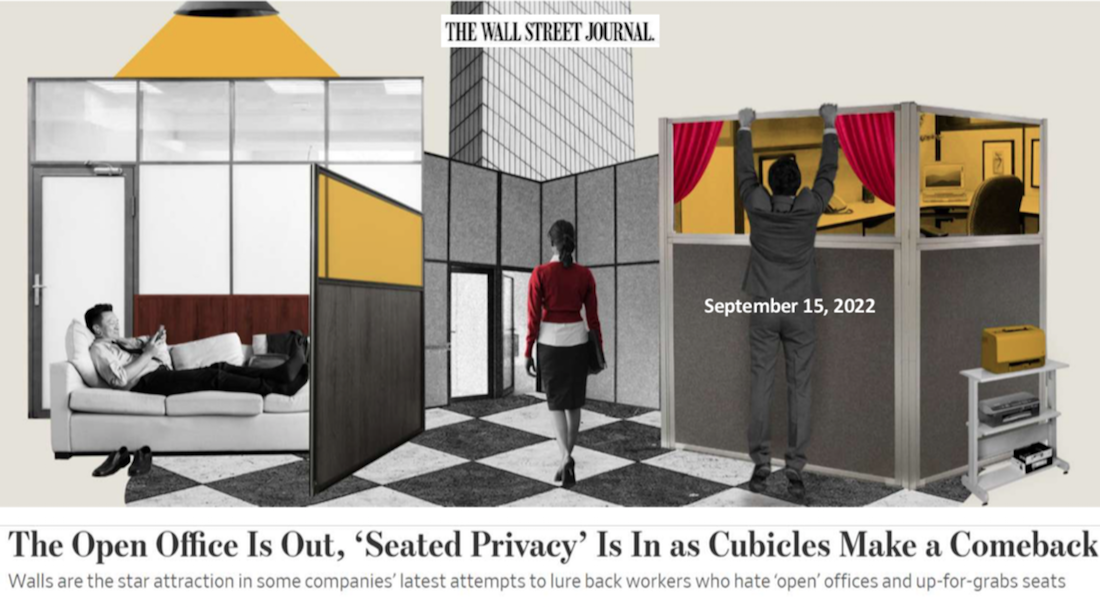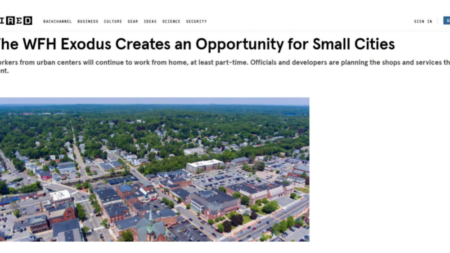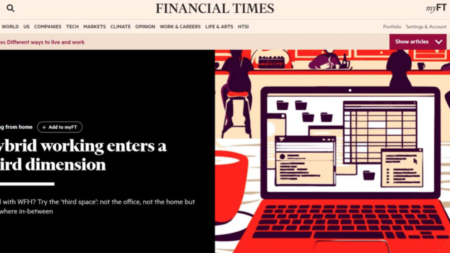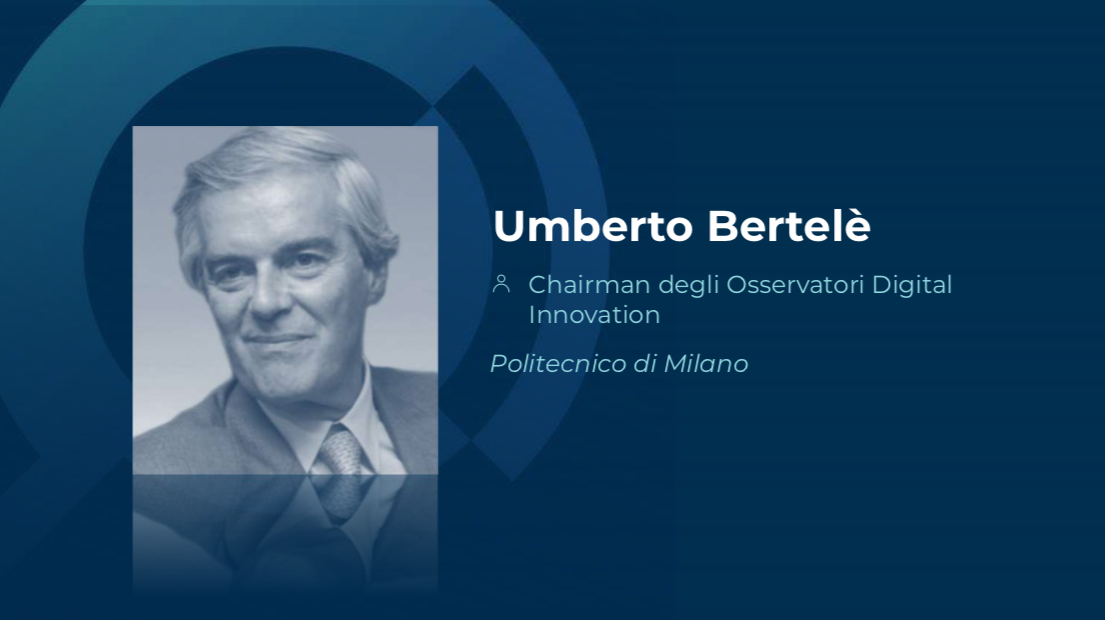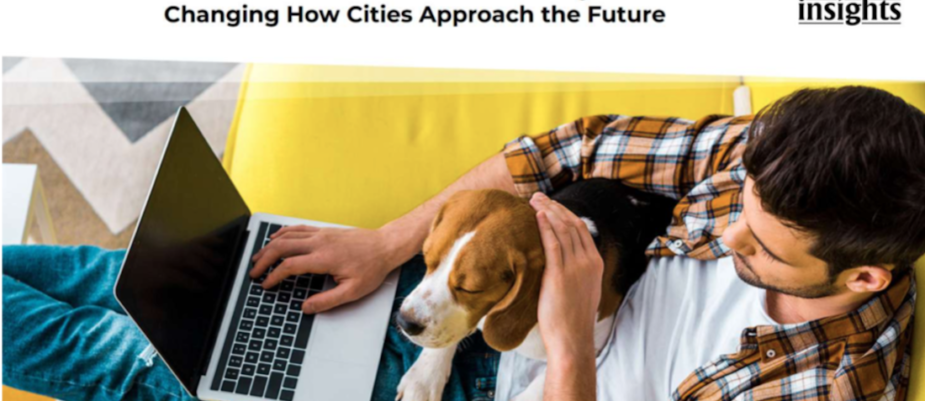
Umberto Bertelè, Chairman of the Osservatorio Digital Innovation, opened the conference presenting the OSW22 research of the Osservatorio Smart Working of the Politecnico di Milano.
The speech, as a review of the most qualified international economic press, highlighted the “moods” and debates in relation to some aspects related to smart working.
Issues that globally actually have – and will have even more in the near future – a significant impact on the transformations of the office, home and city.
The first point touched by prof Bertelè concerns the clash of visions between the “dinosaur entrepreneurs” and the workers inclined to agile work.
Bosses, in particular, see remote work as a risk to productivity, social relationships and friendships at work and to learning especially of the younger generations who interact almost exclusively via the internet.
Another aspect that emerges from the press review is the so-called “quiet quitting” or the tendency of a growing part of not engaged workers (which is close to 50% among young people) while respecting the rules, tends to do nothing more than what has been agreed.
The consequences of this attitude are heavy because some companies may decide to use automation and artificial intelligence to replace people.
For their part, remote workers denounce extreme situations such as having to work even if they are ill or being too often urgently summoned during extra working hours and on holidays. Therefore, delicate questions arise on control and on the mechanisms to verify if and when people work.
It is now evident, not only in the United States, that Millennials and Generation Z consider smart working one of the priorities when choosing a job. Thus was born the phenomenon of “Great Resignation” which in several articles we have already dealt with on WOW.
The international press places great emphasis on the consequences of this trend called “Variable Z”, that is the disparity between sectors that can offer flexible working methods compared to those that cannot apply it and therefore find it difficult to hire young talents.
After the first phase of smart working, the office configuration also changes. If we initially saw the intensification of the application of open space to stimulate collaboration, now in the US we are witnessing an opposite trend, open office is out and “cubicle” is coming back.
Reopening the office buildings after pandemic, companies adopt the hot desk office and workstation booking, but workers who have experienced and appreciated the possibility of privacy in home working are now more intolerant to the noise and distractions generated by the open space.
Thus, new setups of low partitions topped with glass are erected for “seated privacy“, that is, capable of offering a sense of isolation when people are sitting, but leaving the freedom to get back in contact with collegues simply by raising their head to the glass level.
Even the house is changing and, in anticipation of possible next pandemics or simply for new working habits acquired, the RE companies propose real estate initiatives that meet these needs.
Infrastructure and urban planning are not excluded from the changes. Even if the advantages of smart working are undeniable from an environmental / ecological point of view, some disadvantages related to public transport can occur when not all employees and not every day work remotely.
The current hybrid situation has in fact led to a reduction in the flow of public transport with a consequent deterioration in the level of services.
The city must therefore also be reorganized with a new urban layout and more effective infrastructures.
Smart working has allowed many people to move out from urban centers to small cities where housing has a lower cost and a better quality of life, but services and public transport have not adapted and seem not to have implemented this change yet.
The shortage of transport is made up for by the so-called “Third Dimension” of hybrid work or by coworking and hubs close to homes that can be reached quickly, “third spaces” constantly increasing both in large cities and in the suburbs.

